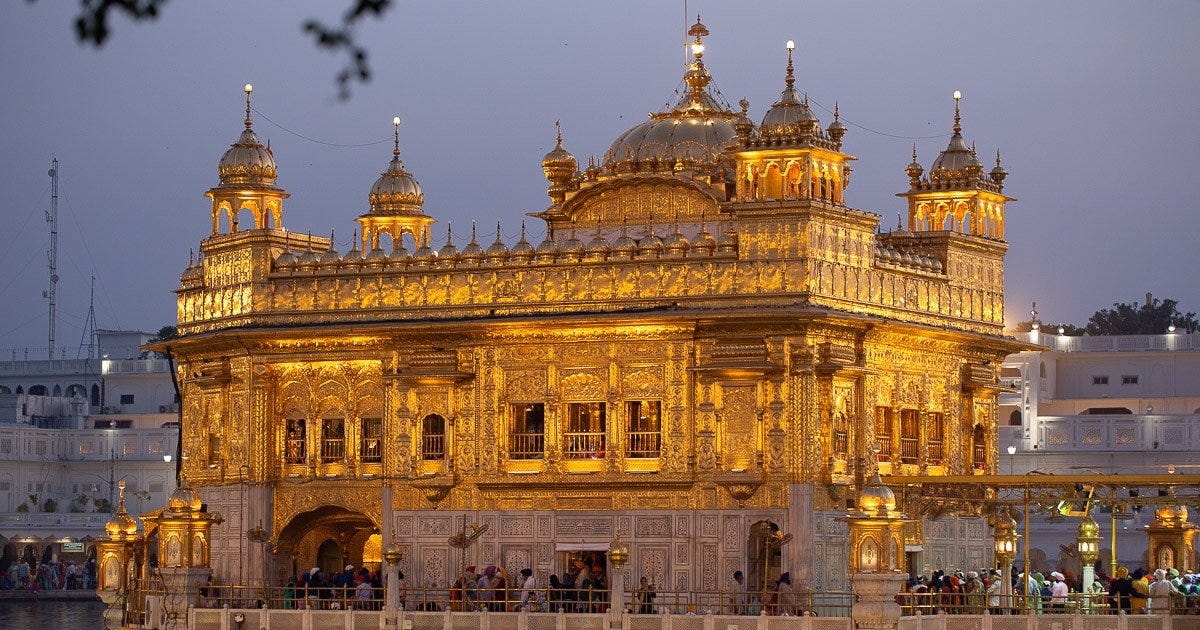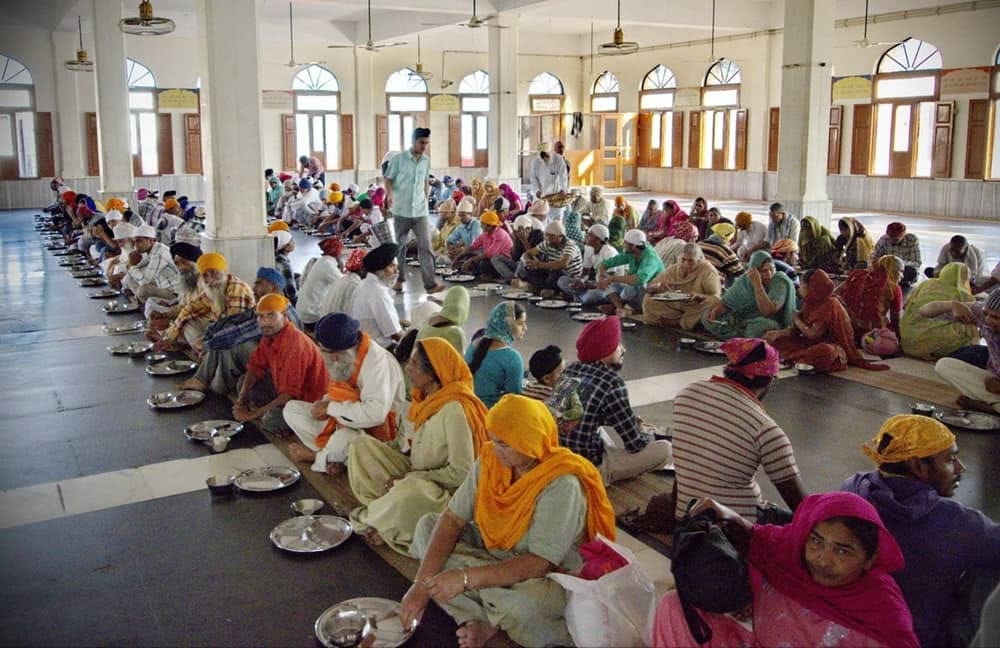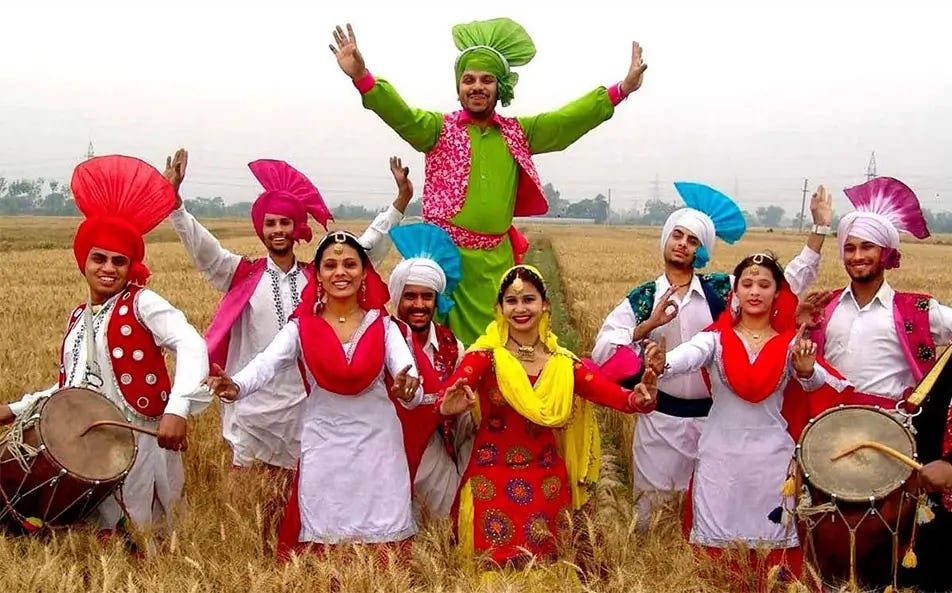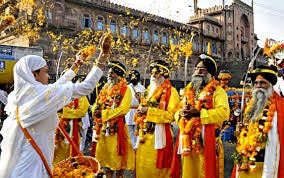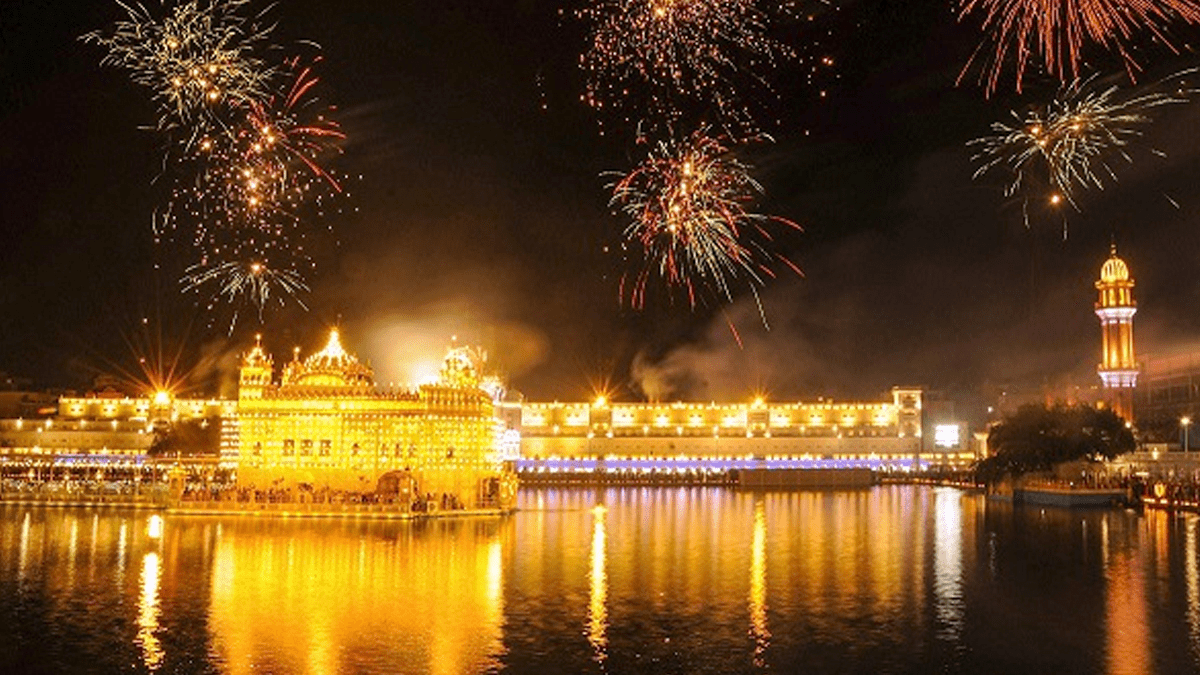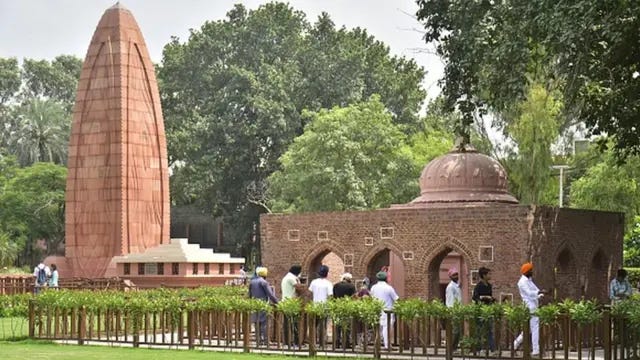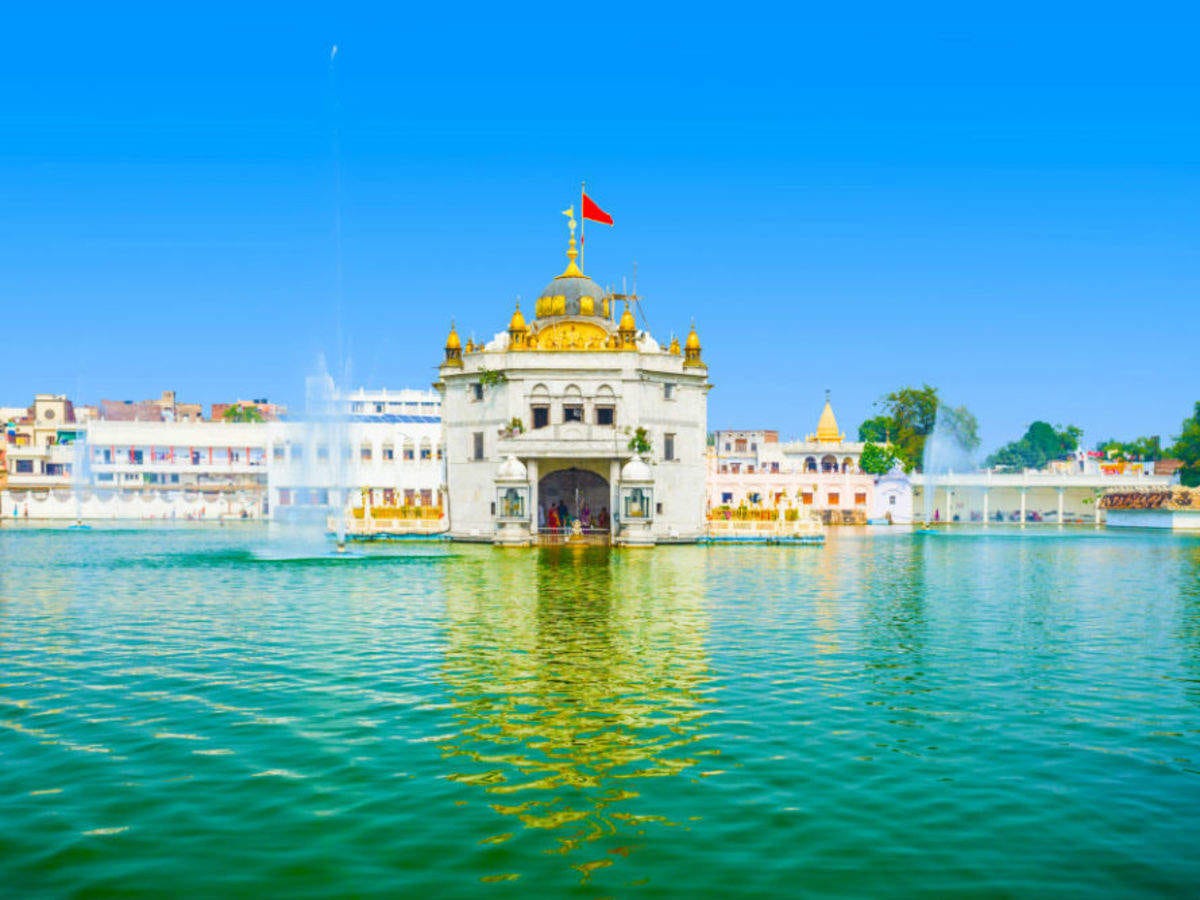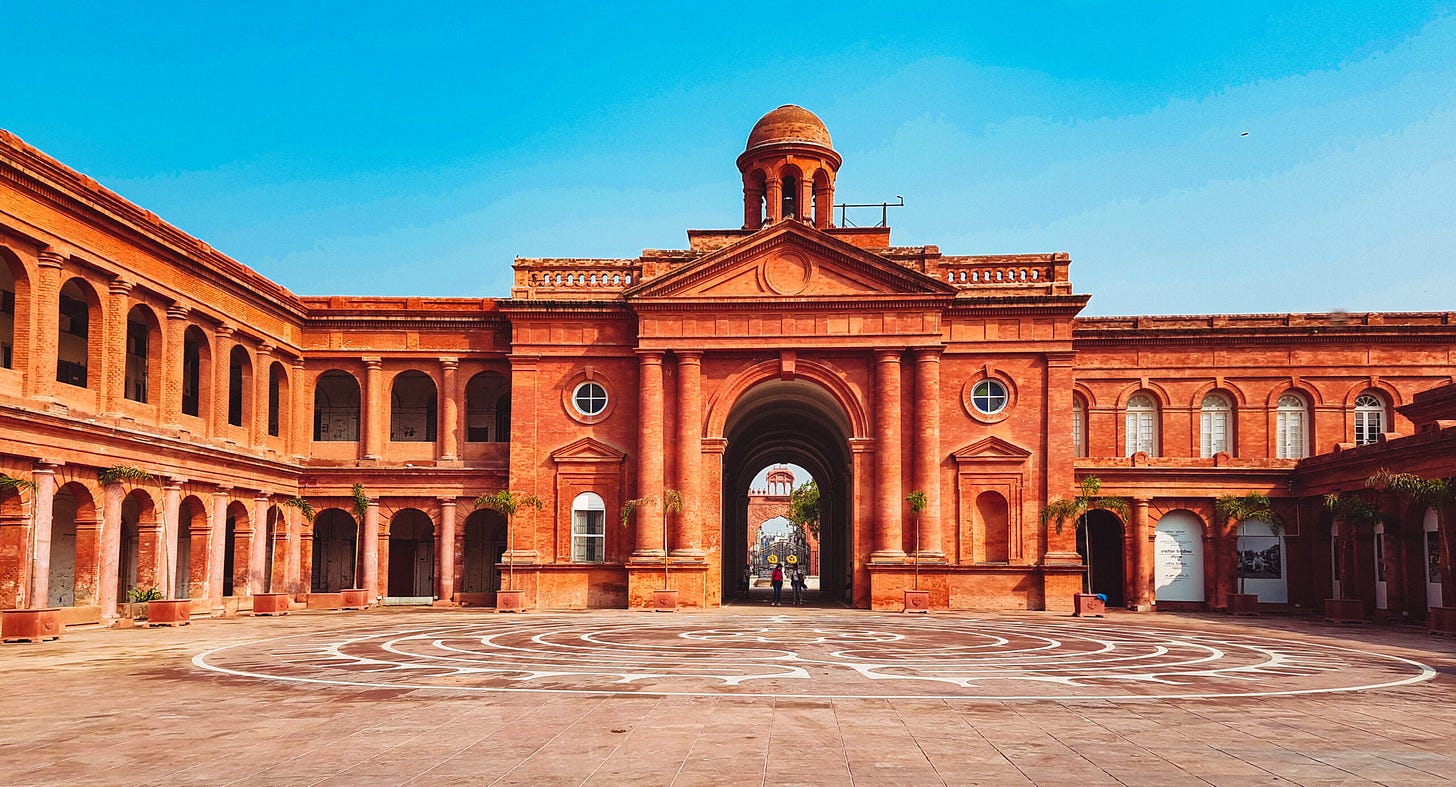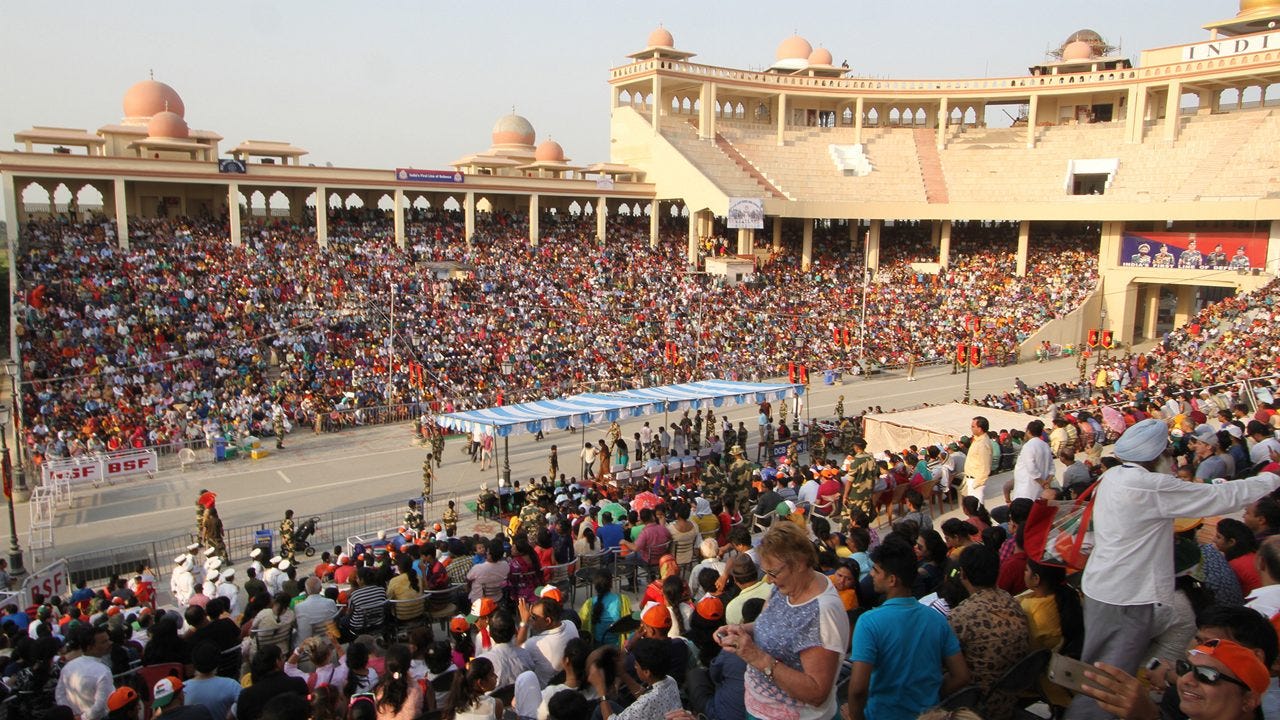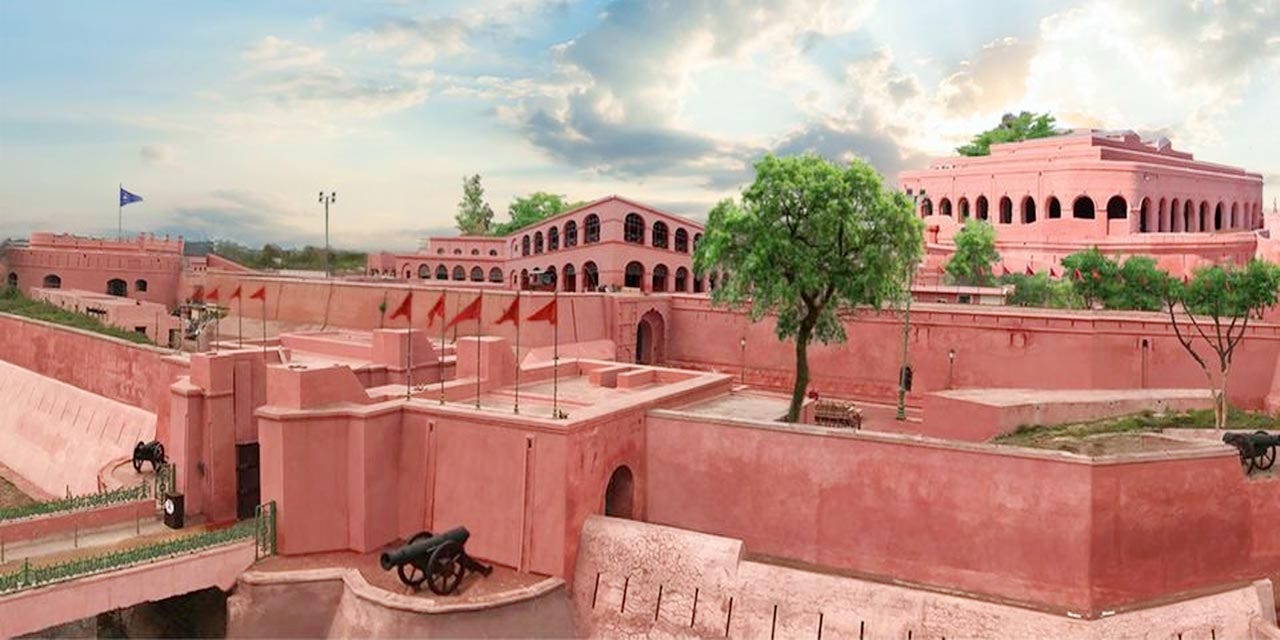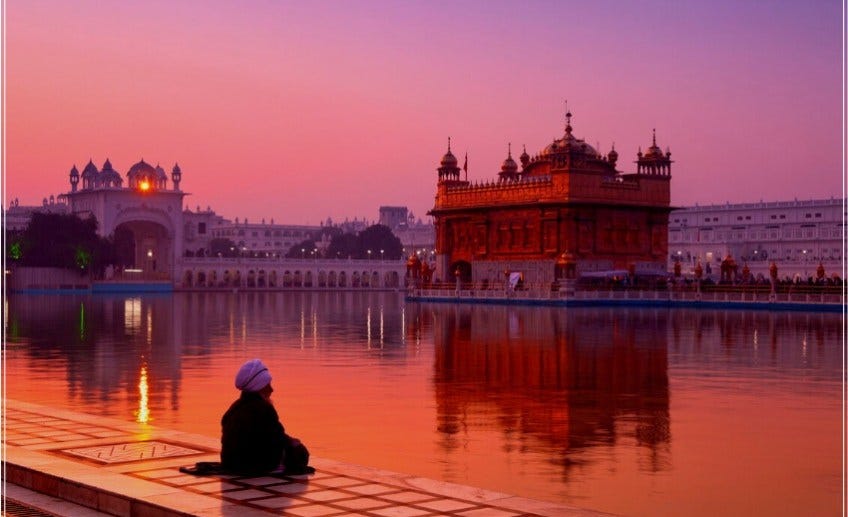The Golden Temple: A Sacred Symbol of Unity and Service
The Golden Temple in Amritsar, Punjab, is a symbol of Sikhism's values of equality, humility, and brotherhood, drawing millions to its golden beauty and sacred pool.
Historical Legacy of the Golden Temple
The Golden Temple's rich history is intertwined with the spiritual journey of Sikhism and its enduring resilience:
1. Establishment and Construction
In 1574, the fourth Sikh Guru, Guru Ram Das, selected the site for the holy shrine and laid the foundation for the sacred tank, which would become the Amrit Sarovar.
The temple's construction was completed by Guru Arjan Dev, the fifth Sikh Guru, in 1604. He also installed the Adi Granth, the first version of the Guru Granth Sahib (Sikh holy scripture), within the temple.
2. Architectural Evolution
Over the centuries, the temple underwent several reconstructions, especially after invasions by Mughal and Afghan rulers.
Maharaja Ranjit Singh, the great Sikh ruler, commissioned the temple's gold embellishments in the early 19th century, giving it its iconic golden appearance.
3. A Center of Resilience
The temple's history is marked by repeated destruction and rebuilding, symbolizing the Sikh community's resilience and devotion.
Architectural Splendor of the Golden Temple
1. Harmandir Sahib (The Sanctum Sanctorum):
The sanctum is a two-story structure covered in 24-karat gold and adorned with intricate designs and marble inlay work.
The first floor houses the Guru Granth Sahib, continuously recited by granthis (priests), filling the shrine with spiritual hymns (Gurbani).
2. Amrit Sarovar (Pool of Nectar):
The sacred pool surrounds the temple, reflecting its golden glow. Pilgrims take a dip in the water, believing it purifies the soul and heals ailments.
3. Parikrama (Circumambulatory Path):
The marble pathway around the temple allows devotees to walk in meditation, absorbing the serene ambiance.
4. Darshani Deori (Entrance Arch):
A beautifully carved archway welcomes visitors, symbolizing openness and equality.
5. Akal Takht (Throne of the Timeless One):
Established by Guru Hargobind Ji, this is the highest temporal authority in Sikhism. It represents justice and governance alongside spirituality.
Spiritual Significance of the Golden Temple
1. Equality and Inclusion
The temple’s design—with entrances on all four sides—represents its openness to people of all faiths, castes, and backgrounds.
2. Guru Ka Langar (Community Kitchen):
The Golden Temple operates one of the largest community kitchens in the world, serving free meals to over 100,000 people daily, irrespective of religion or status.
Volunteers contribute to cooking, cleaning, and serving, exemplifying Sikhism's principle of Seva (selfless service).
3. Gurbani (Sacred Hymns):
The continuous recitation of Gurbani creates an ethereal atmosphere, inspiring devotion and inner peace.
Rituals and Customs
Devotees follow specific practices to show respect and devotion:
Head Covering: All visitors must cover their heads as a mark of reverence.
Removing Shoes: Shoes must be removed, and feet washed before entering the premises.
Offering Prayers: Devotees bow before the Guru Granth Sahib and offer flowers or donations.
Langar Participation: Eating at the langar is an act of humility and equality.
Festivals at the Golden Temple
The Golden Temple celebrates major Sikh festivals with grandeur:
1. Vaisakhi
Celebrates the harvest season and the formation of the Khalsa Panth. Devotional kirtans and processions mark the occasion.
2. Gurpurabs
Commemorates the birth anniversaries of Sikh Gurus. The temple is beautifully illuminated, and the atmosphere resonates with Gurbani.
3. Diwali and Bandi Chhor Divas
The temple shines with thousands of lamps, symbolizing the triumph of light over darkness.
Nearby Attractions and Sacred Sites
Amritsar is rich in history and spirituality. Visitors to the Golden Temple can explore:
1. Jallianwala Bagh
A memorial dedicated to the victims of the 1919 massacre, located just a short walk from the temple.
2. Durgiana Temple
A Hindu temple architecturally similar to the Golden Temple, dedicated to Goddess Durga.
3. Partition Museum
Chronicles the history and human impact of the partition of India in 1947.
4. Wagah Border
Witness the ceremonial Beating Retreat, a daily flag-lowering ceremony between India and Pakistan.
5. Gobindgarh Fort
A historic fort showcasing Punjab's rich cultural heritage, with light and sound shows narrating Sikh history.
Best Time to Visit the Golden Temple
1. October to March:
Pleasant weather and festive vibes make this the most popular period.
2. During Festivals:
Visit during Vaisakhi, Gurpurabs, or Diwali to experience the temple's grandeur and devotion.
3. Nighttime:
The temple’s nighttime illumination against the backdrop of the serene pool creates a magical ambiance.
Practical Information for Visitors
Entry Requirements:
Open to all, regardless of religion or nationality. No entry fee is charged.
Dress Code:
Modest attire and head covering are mandatory. Scarves are provided at the entrance.
Facilities for Pilgrims:
Accommodation: The temple offers free lodging at its Guru Ram Das Niwas and other dharmshalas.
Accessibility: Wheelchair-friendly pathways ensure comfort for elderly and differently-abled visitors.
Safety: CCTV surveillance and dedicated temple security ensure a safe experience.
Experience Divine Bliss with Dharmik Vibes
We at Dharmik Vibes offer tailored packages to help you experience the spiritual and cultural richness of the Golden Temple and Amritsar’s heritage.
📞 Contact Us: +91-9901968352
📧 Email: travel@dharmikvibes.com
🌐 Website: www.dharmikvibes.com
✨ Let us guide you on a soulful journey to Sri Harmandir Sahib and its surrounding sacred sites.


